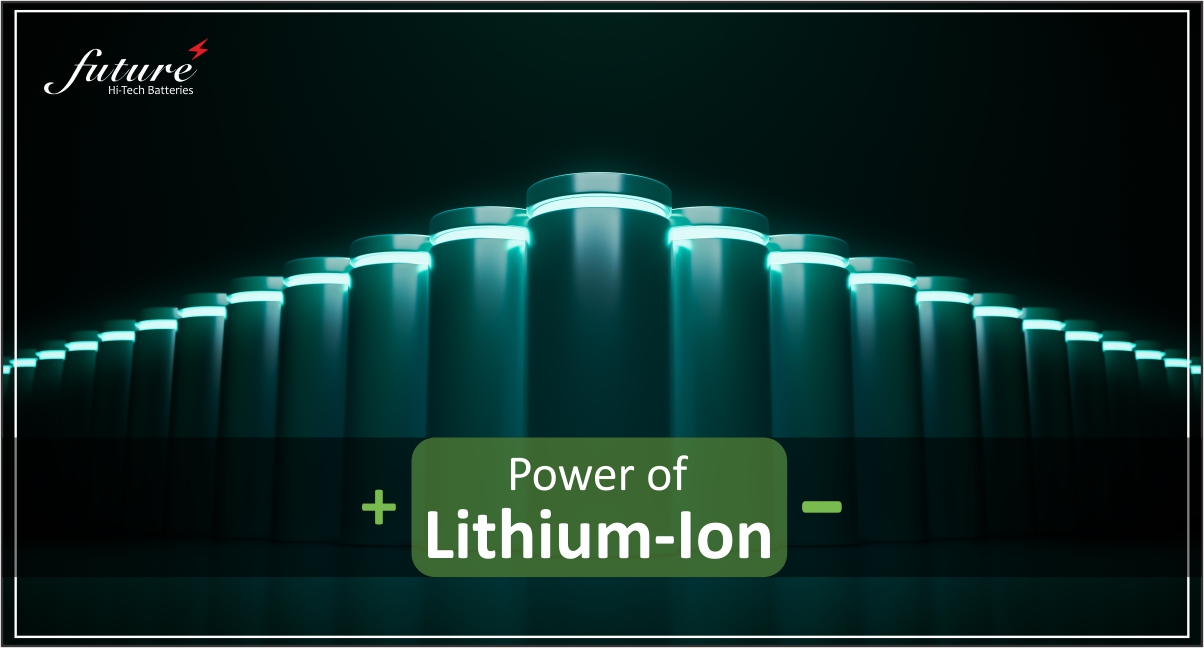Energy is an essential input for economic development and improving the quality of life. It is assessed that earth is blessed with enormous energy, classified as conventional and non-conventional sources, for electricity generation and its use.

Lorem ipsum dolor sit amet, nec in adipiscing purus luctus, urna pellentesque fringilla vel, non sed arcu integer, mauris ullamcorper ante ut non torquent.
Conventional energy sources are fast depleting and scarcity is prioritized at World level, whereas harnessing renewable energy seems to be one of the sustainable ways to meet the increasing global electricity demands.
One of the ways to sustainable growth is to generate electricity through solar energy which is cleaner and promising. Solar has the greatest energy potential among the other sources of renewable energy and the amount of energy that earth receives, as assessed by IPCC, theoretically if only a small fraction of this form of energy could be used it can meet our current needs or in other words if we can use only 5% of this energy, it will be 50 times what the World requires.
With countries setting targets to adopt a sustainable future in terms of energy consumption, turning to solar was the next best option. Solar and wind energy have long been considered as erratic yet powerful resources, and tapping into and being able to store the energy harnessed from these sources became a priority. Lithium-ion has long been regarded as a powerful energy storage solution, and has been used popularly for solar energy storage.
Understanding Energy Storage
Energy storage can be referred to as the technology that is used to capture electricity, store it and release when necessary. Although energy storage is never 100% efficient—some energy is always lost in converting energy and retrieving it. Storage primarily allows the flexible use of energy at different times from when it was generated.
So, storage can increase system efficiency and resilience, and it can improve power quality by matching supply and demand. The unit for understanding energy is a megawatt-hour (MWh) which is the unit used to describe the amount of energy a battery can store.
To elaborate further, within the preview of energy storage, Lithium is a lightweight metal that can be used to effectively pass electric current. Also, Lithium-ions make a battery rechargeable and this allows them to absorb power and discharge whenever required. Unlike other batteries Lithium-ion can also hold charge for longer periods of time as compared to other batteries.
Another key area where we see a large uptake of Lithium-ion battery application is that in solar panels and solar storage energy systems. Solar energy is not always produced at the time energy is needed most. Peak power usage often occurs on summer afternoons and evenings, when solar energy generation is falling. Storage helps solar contribute to the electricity supply even when the sun isn’t shining. It can also help smooth out variations in how solar energy flows on the grid. These variations are attributable to changes in the amount of sunlight that shines onto photovoltaic (PV) panels or concentrating solar-thermal power (CSP) systems.
Energy Storage within Solar Applications
A fundamental characteristic of a photovoltaic system is that power is produced only while sunlight is available. For systems in which photovoltaics is the sole generation source, storage is typically needed since an exact match between available sunlight and the load is limited to a few types of systems – for example powering a cooling fan. In hybrid or grid connect systems, where batteries are not inherently required, they may be beneficially included for load matching or power conditioning.
In any photovoltaic system that includes batteries, the batteries become a central component of the overall system which significantly affect the cost, maintenance requirements, reliability, and design of the photovoltaic system.
Because of the large impact of batteries in a stand-alone photovoltaic system, understanding the properties of batteries is critical in understanding the operation of photovoltaic systems. The important battery parameters that affect the photovoltaic system operation and performance are the battery maintenance requirements, lifetime of the battery, available power and efficiency.
An ideal battery would be able to be charged and discharged indefinitely under arbitrary charging/discharging regimes, would have high efficiency, high energy density, low-self discharge and be low cost. These are controlled not only by the initial choice of the battery but also by how it is used in the system, particularly how it is charged and discharged and its temperature.
However, in practice, no battery can achieve the above set of requirements, even if the normally dominant requirement for low-cost is not considered. This chapter provides an overview of battery operation and use for photovoltaic systems.
Solar PV and energy storage in India
The Government of India launched Jawaharlal Nehru National Solar Mission (JNNSM) on 11th January 2010, as one of its eight missions under the National Action Plan on Climate Change (NAPCC–2008).
The policy vision to install 22,000 MW through grid connected and off grid power plants. As of April 2014, India’s total installed capacity through grid connected solar power plants has crossed 2.2 GW with major contributions coming through grid connected solar PV power plants. India has not been able to demonstrate significant progress through grid connected solar thermal technology. Recently a 50 MW project has been commissioned through grid connected solar thermal technology taking the total to a modest 55 MW and 140 MW has come through off grid PV systems.
Development of the solar sector in India has been visible, through different initiatives, ever since independence. Solar saw the transition from a mere obligation to uplift society to a stronger socio-economic growth opportunity in India. However, solar requires supportive policies for its continuous growth before it can sustain on its own.
Solar has become more of a business proposition for investors in the country and equally contributing to the development of the economy, as its returns are visible three-fold i.e. economically, socially and environmentally. As the sector is growing there are lessons to be learnt from the internal and external environment and from our previous short falls, which can be corrected with the help of innovative methods.
Links:
https://www.energy.gov/eere/solar/articles/solar-plus-storage-101










Your Comment Please